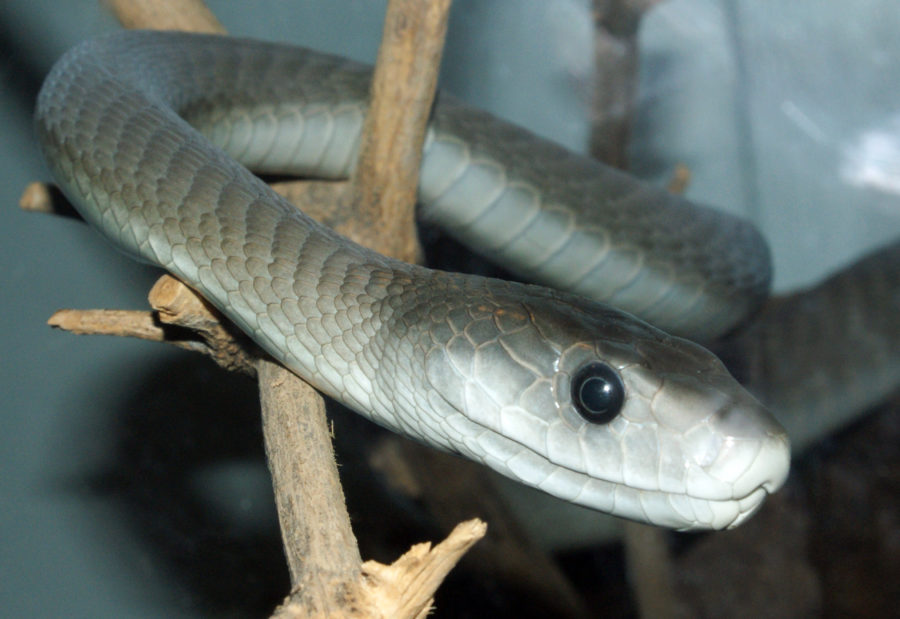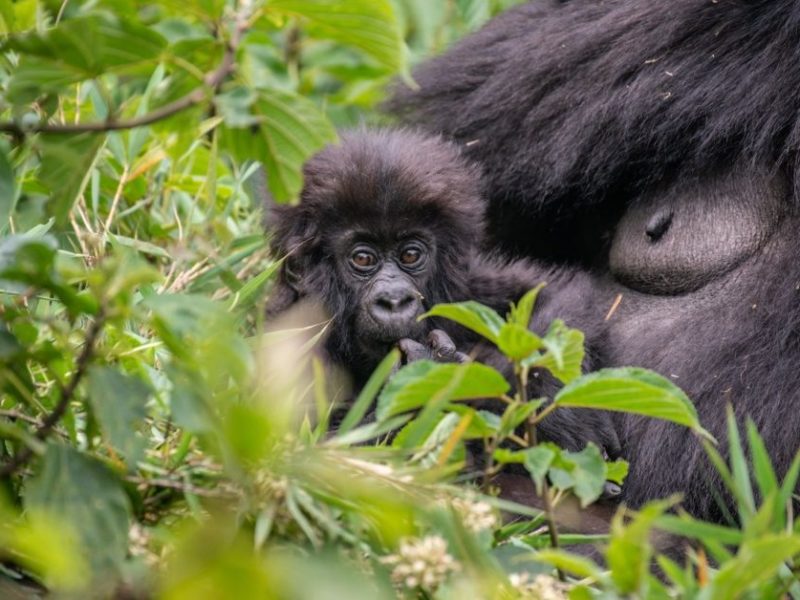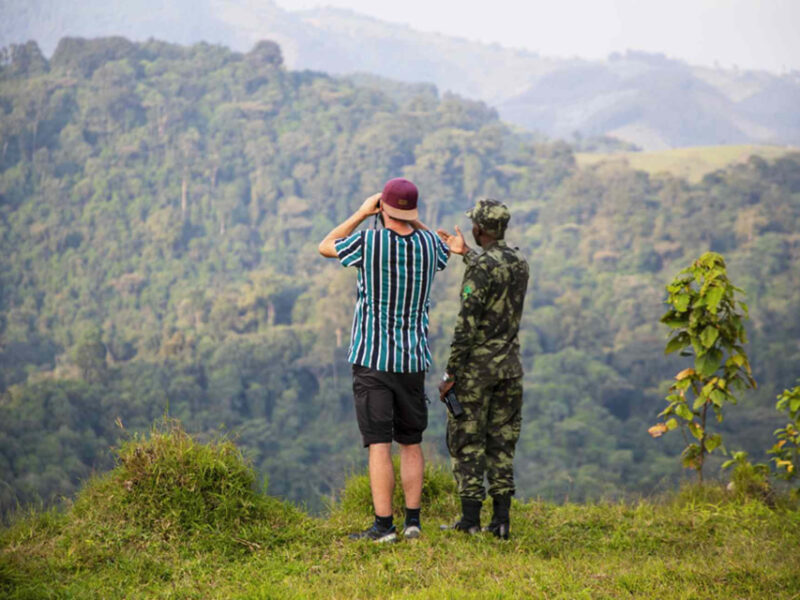
Inzoka in Rwanda
Black mamba. Rwanda is famous for its unique wildlife, the first things to come to mind are probably the world-famous mountain gorillas or perhaps the endemic bird species, depending on your inclinations.
Yet, Rwanda has much more to offer, especially if you can put your fears aside and take a look at smaller, scalier, creatures to be found…
Many people are scared of snakes. They are often, incorrectly, labeled as ‘slimy’ and ‘cold’ and it is a common misconception that all snakes are venomous and will strike and kill given an opportunity. In fact, only 5 of the 30 species found in Akagera National Park are venomous and snakes are very shy and secretive creatures. You could consider yourself lucky to see one in the wild.
In Rwanda, there are over 45 species of snakes, most of which are found in national parks. With over 30 species, Akagera has the highest diversity of snakes in the country.
The black mamba (‘Insana’ in Kinyarwanda) is perhaps one of the most infamous venomous snakes in Africa, they are large, metallic-grey snakes.
They can sometimes be seen crossing the road in the warmer hours of the day and can move with lightning speed. Other venomous snakes to watch out for include the forest cobra (‘Inshira ikirezi’), the black-necked spitting cobra (‘Inshira rukara’), the puff adder (‘Impiri’), and the boomslang (‘Imfudura’).
The East African puff adder is a beautifully colored, short, fat snake, quite distinctive in pattern and shape. Puff adders are nocturnal and due to their habit of lying in open paths, and their reluctance to move for any passersby, they are responsible for the most snake bites in Africa.
Most of the snakes encountered in Rwanda are not deadly and the diversity is vast, there is something for everybody’s taste: red; brown; yellow; stripped; banded; bright green with blue spots! No joke – the spotted bush snake is a common and harmless snake. Some snakes are specialized bird egg eaters and others only eat other snakes, some live in the lakes and others only in trees, some very rare and others fairly common.
The chance of encountering a snake in Kigali, or any developed area in Rwanda, is fairly slim. However, there are some snakes that you may be found co-habiting within the city.
Brown house snakes (‘Ikiryambeba’) are called so because of their tendency to be found in houses. Luckily they are harmless and, in fact, they can be useful to have around if you have a pest problem, they are very effective hunters and prey on rats and mice.
The western side of Rwanda has snakes that are very specific to the region and only found in the rain forests. The thick vegetation of rain forest makes snakes very difficult to see, yet if you are lucky enough to see one it could be the endemic Rwanda forest green snake resting on a high branch, or the black tree snake climbing up the trunk of a tree with incredible agility.
Another species endemic to the Albertine rift is the great lake bush viper, one of the most beautiful snakes in Rwanda.
If you do happen to encounter a snake there are certain precautions you should take. Snakes are shy but if they feel threatened they will try to scare you off: some snakes will hiss, or rub their scales against each other to produce a hissing sound; others will blow or flatten their neck to appear bigger.
This is a warning for you to back off, and if you don’t they may strike and bite as a last resort. It is important not to try to kill the snake as you may be putting yourself in more danger.
Take a picture of the snake or observe as much detail as possible in order to identify it. There is lots of information on the internet, take a look at “East African snakes and other reptiles” on Facebook, they can help you to ID the snake.
It is safer to contact a competent snake expert to remove the reptile from your garden if it is not welcome. Although most snakes are harmless, being on the sharp end of one is never a good thing.
In the event of a snake bite, the best thing to do is nothing: go to the nearest hospital and give a description of the snake that bit you.
Identifying the snake is important to know the treatment required since the venom of different snakes has a different effect on the body. Do not cut the site of the bite, suck the venom out or apply a tourniquet.
Try to stay as calm, keep the limb immobile, and, if necessary, put a splint into place to avoid movement.
Snakes are important animals and help us to keep pest numbers down, so please think again before killing a snake.
For more information, contact Kenny.
babilon@gmail.com


